The Performance of CR180IF and DP600 Laser Welded Steel Sheets under Different Strain Rates
Abstract
:1. Introduction
2. Materials and Methods
3. Results and Discussion
3.1. Microstructural Analysis
3.2. Analysis of Microhardness and Its Distribution
3.3. Static and Dynamic Tensile Tests and Fracture Surface Analysis
3.4. Welded Joint Surface Roughness Analysis
4. Conclusions
- CR180IF steel contains only a ferritic structure. The microstructure of DP600 steel consists of a fine-grained ferritic-martensite structure. The heat-affected zone forms a coarse-grained ferritic structure on the side of the CR180IF steel. The fusion zone of the microstructure consists of acicular ferrite, martensite, and bainite;
- The calculated carbon equivalent for CR180IF steel was 0.024 and for DP600 steel was 0.269. The microhardness HV0.1 in the fusion zone differed significantly from the microhardness of base materials. The CR180IF hardness was 102 ± 2 HV0.1 and DP600 197 ± 2 HV0.1, while the hardness of the fusion zone was 245 ± 2 HV0.1 and 350 ± 2 HV0.1 on the side of CR180IF and DP600, respectively. The highest value was measured near the DP600 base material;
- The yield strength of CR180IF steel increased from 186 MPa in static conditions to 389 MPa in dynamic conditions (109%). The yield strength of DP600 steel increased from 393 MPa in static conditions to 721 MPa in dynamic conditions (83%). The yield strength of laser-welded material increased from 319 MPa in static conditions to 889 MPa in dynamic conditions (178%);
- Laser-welded material with a hybrid structure was more sensitive to strain rate. The sensitivity coefficient A and B were 48, while the base material CR180IF has A = 17.6, B = 19.0, and DP600 steel has A = 19.2 and B = 27.6. CR180IF steel with the fine-grained ferritic structure and precipitates had a lower sensitivity to the strain rate;
- The result of the ductile failure analysis with pitting morphology predominated in all fractures of investigates steels;
- The average surface roughness value was Ra = 5.52 µm for CR180IF, for DP600 was Ra = 5.13 µm, and for weld was Ra = 60.24 µm. Such a high roughness requires optimization of the welding parameters or further surface treatment.
Author Contributions
Funding
Institutional Review Board Statement
Informed Consent Statement
Data Availability Statement
Acknowledgments
Conflicts of Interest
References
- Pačaiová, H.; Sinay, J.; Nagyová, A. Development of GRAM—A risk measurement tool using risk based thinking principles. Measurement 2017, 100, 288–296. [Google Scholar] [CrossRef]
- Kubjatko, T.; Görtz, M.; Macurova, L.; Ballay, M. Synergy of forensic and security engineering in relation to the model of deformation energies on vehicles after traffic accidents. In Proceedings of the International Scientific Conference Transport Means, Kaunas, Lithuania, 3–5 October 2018. [Google Scholar]
- Titanova. Traditional Welding vs. Laser Welding. Available online: https://www.titanovalaser.com/blog/traditional-welding-vs-laser-welding/ (accessed on 11 May 2020).
- Tomic, B. Inspection in Quality 4.0. Quality Magazine 25 June 2020. Available online: https://www.qualitymag.com/articles/96120-inspection-in-quality-40 (accessed on 25 June 2020).
- Zgodavova, K.; Bober, P.; Majstorovič, V.; Monkova, K.; Santos, G.; Juhaszova, D. Innovative Methods for Small Mixed Batches. Sustainability 2020, 12, 6266. [Google Scholar] [CrossRef]
- Evin, E.; Tkáčová, J.; Tkáč, J. Aspects of steel sheets selection for car body components. AI Mag 2012, 3, 96–98. [Google Scholar]
- Den Uijl, N.; Moolevliet, T.; Mennes, A. Performance of resistance spot-welded joints in advanced high-strength steel in static and dynamic tensile tests. Weld World 2012, 56, 51–63. [Google Scholar] [CrossRef]
- Singh, S.; Nanda, T.; Kumar, B.R.; Singh, V. Controlled phase transformation simulations to design microstructure for tailored mechanical properties in steel. Mater. Manuf. Process 2016, 31, 2064–2075. [Google Scholar] [CrossRef]
- Brahma, D. Physical fundamentals. In Fundamentals of Steelmaking Metallurgy; Prentice Hall International: New York, NY, USA, 1993. [Google Scholar]
- Duley, W. Laser Welding; John Wiley & Sons, Inc.: New York, NY, USA, 1999. [Google Scholar]
- Mohrbacher, H. Niobium: A cost effective solution for modern body engineering. In Proceedings of the International Symposium on Niobium Sheet Steel for Automotive Application, Araxa, MG, Brazil, 5–8 December 2005. [Google Scholar]
- Rossini, M.; Spena, P.; Cortese, L.; Matteis, P.; Firrao, D. Investigation on dissimilar laser welding of advanced high strength steel sheets for the automotive industry. Mater. Sci. Eng. A 2015, 628, 288–296. [Google Scholar] [CrossRef]
- Němeček, S.; Mužík, T.; Míšek, M. Differences between laser and arc welding of HSS steels. Phys. Procedia 2012, 39, 67–74. [Google Scholar] [CrossRef] [Green Version]
- Valdes-Tabernero, M.; Celada-Casero, C.; Sabirov, I.; Kumar, A.; Petrov, R. The effect of heating rate and soaking time on microstructure of an advanced high strength steel. Mater. Charact. 2019, 155, 109822. [Google Scholar] [CrossRef] [Green Version]
- Chena, W.; Linb, G.; Hub, S. Comparison study on the effectiveness of stepped binder and weld line clamping pins on formability improvement for tailor-welded blanks. J. Mater. Process. Technol. 2008, 207, 204–210. [Google Scholar] [CrossRef]
- Meyer, A.; Wietbrock, B.; Hirt, G. Increasing of the drawing depth using tailor rolled blanks—numerical and experimental analysis. Int. J. Mach. Tools Manuf 2008, 48, 522–531. [Google Scholar] [CrossRef]
- Mihalikova, M.; Lišková, A. Dynamic characteristics of automotive steel sheets. Metalurgija 2016, 55, 753–756. [Google Scholar]
- Chan, S.M.; Chan, L.C.; Lee, T.C. Tailored welded blanks of different thickness ratios effects on forming limiting diagrams. J. Mater. Process Technol. 2003, 132, 95–101. [Google Scholar] [CrossRef]
- Hu, S.; Zheng, D.; Zhao, G.; Li, G.; Tang, H. The effect of welded joint properties on the surface characteristics of laser welded 2205 duplex stainless steel. Adv. Mech. Eng. 2018, 10, 1687814018797449. [Google Scholar] [CrossRef] [Green Version]
- Pastras, G.; Fysikopoulos, A.; Chryssolouris, G. A numerical approach to the energy efficiency of laser welding. Int. J. Adv. Manuf. Technol. 2017, 92, 1243–1253. [Google Scholar] [CrossRef] [Green Version]
- Pancikiewicz, K.; Swierczynska, A.; Hucko, P.; Tumidajewicz, M. Laser dissimilar welding of AISI 430F and AISI 304 stainless steels. Materials 2020, 13, 4540. [Google Scholar] [CrossRef]
- Landowski, M.; Swierczynska, A.; Rogalski, G.; Fydrych, D. Autogenous fiber laser welding of 316L austenitic and 2304 lean duplex stainless steels. Materials 2020, 13, 2930. [Google Scholar] [CrossRef] [PubMed]
- Zhao, X.; Shi, Z.; Deng, C.; Liu, Y.; Li, X. The Effect of Laser offset welding on microstructure and mechanical properties of 301L to TA2 with and without Cu intermediate layer. Materials 2020, 13, 2930. [Google Scholar] [CrossRef]
- Radek, N.; Pietraszek, J.; Goroshko, A. The impact of laser welding parameters on the mechanical properties of the weld. In AIP Conference Proceedings; AIP: Bydgoszcz, Poland, 2018. [Google Scholar]
- ASTM E415-17. Standard Test Method for Analysis of Carbon and Low-Alloy Steel by Spark Atomic Emission Spectrometry; ASTM International: West Conshohocken, PA, USA, 2017. [Google Scholar]
- ISO 6507-1:2018. Metallic Materials. Vickers Hardness Test. Part 1: Test Method; ISO: Geneva, Switzerland, 2018. [Google Scholar]
- ISO 6892-1:2019. Metallic Materials—Tensile Testing—Part 1: Method of Test at Room Temperature; ISO: Geneva, Switzerland, 2019. [Google Scholar]
- ISO 26203-2:2011. Tensile Testing at High Strain Rates—Part 2: Servo-Hydraulic and Other Test Systems; ISO: Geneva, Switzerland, 2011. [Google Scholar]
- Niechajowicz, A.; Tobota, A. Dynamic tension testing of DP600, DP800 steel and AL 6061 T4 alloy sheets by means of rotary hammer. Arch. Metall. Mater. 2009, 54, 647–657. [Google Scholar]
- ISO 4287:1997. COR 2:2005—Surface Roughness Measurement, Geometrical Product Specifications (GPS)—Surface Texture: Profile Method—Terms, Definitions and Surface Texture Parameter; ISO: Geneva, Switzerland, 1997. [Google Scholar]
- Xia, M.; Biro, E.; Tian, Z.; Zhou, Y. Effects of heat input and martensite on HAZ softening in laser welding of dual phase steels. ISIJ Int. 2008, 48, 809–814. [Google Scholar] [CrossRef] [Green Version]
- Biro, E.; McDermid, J.; Embury, J.; Zhou, Y. Softening kinetics in the subcritical heat-affected zone of dual-phase steel welds. Metall. Mater. Trans. A Phys. Metall. Mater. Sci. 2010, 41, 2348–2356. [Google Scholar] [CrossRef]
- Nayak, S.; Baltazar Hernandez, V.; Zhou, Y. Effect of chemistry on nonisothermal tempering and softening of dual-phase steels. Metall. Mater. Trans. A Phys. Metall. Mater. Sci. 2011, 42, 3242. [Google Scholar] [CrossRef]
- Suliga, M. Analysis of the heating of steel wires during high speed multipass drawing process. Arch. Metall. Mater. 2014, 59, 1475–1480. [Google Scholar] [CrossRef]
- Yurioka, N.; Okumura, M.; Kasuya, T.; Cotton, H. Prediction of HAZ hardness of transformable steels. Met. Constr. 1987, 4, 217R–223R. [Google Scholar]
- Yurioka, N.; Kasuya, T. A chart method to determine necessary preheat temperature in steel welding. Q. J. Jpn. Weld. Soc. 1995, 13, 347–357. [Google Scholar] [CrossRef] [Green Version]
- Okita, Y.; Baltazar Hernandez, V.; Nayak, S.; Zhou, Y. Effect of HAZ-softening on failure mode of resistance spot-weldeddual-phase steel. In Proceedings of the 14th Sheet Metal Welding Conference, Livonia, MI, USA, 11–14 May 2010. [Google Scholar]
- Armstrong, R.W.; Walley, S.M. High strain rate properties of metals and alloys. Int. Mater. Rev. 2008, 53, 105–128. [Google Scholar] [CrossRef]
- Micheľ, J.; Buršak, M. The influence of strain rate on the plasticity of steel sheets. Key Eng. Mater. 2014, 635, 100–105. [Google Scholar] [CrossRef]
- Slota, J.; Jurčišin, M.; Spišak, E.; Sleziak, T. An investigation of springback in sheet metal forming of high strength steels. Appl. Mech. Mater. 2014, 693, 370–375. [Google Scholar] [CrossRef]
- Khan, M.; Romoli, L.; Ishak, R.; Fiaschic, M.; Dinia, G.; De Sanctis, M. Experimental investigation on seam geometry, microstructure evolution and micro hardness profile of laser welded martensitic stainless steels. Opt. Laser Technol. 2012, 44, 1611–1619. [Google Scholar] [CrossRef]
- Wglowski, M.; Kwieciski, K.; Jachym, R. Characteristics of Nd: YAG laser welded joints of dual phase steel. Arch. Civ. Mech. Eng. 2009, IX, 85–97. [Google Scholar] [CrossRef]
- Evin, E.; Tomáš, M. The influence of laser welding on the mechanical properties of dual phase and trip steels. Metals 2017, 7, 239. [Google Scholar] [CrossRef] [Green Version]
- Kalaiselvan, K.; Elango, A. Studies of interfacial microstructure and mechanical properties on dissimilar sheet metal combination joints using laser beam welding. Int. J. Mech. Mechatron. Eng. 2014, 8, 1903–1910. [Google Scholar] [CrossRef]
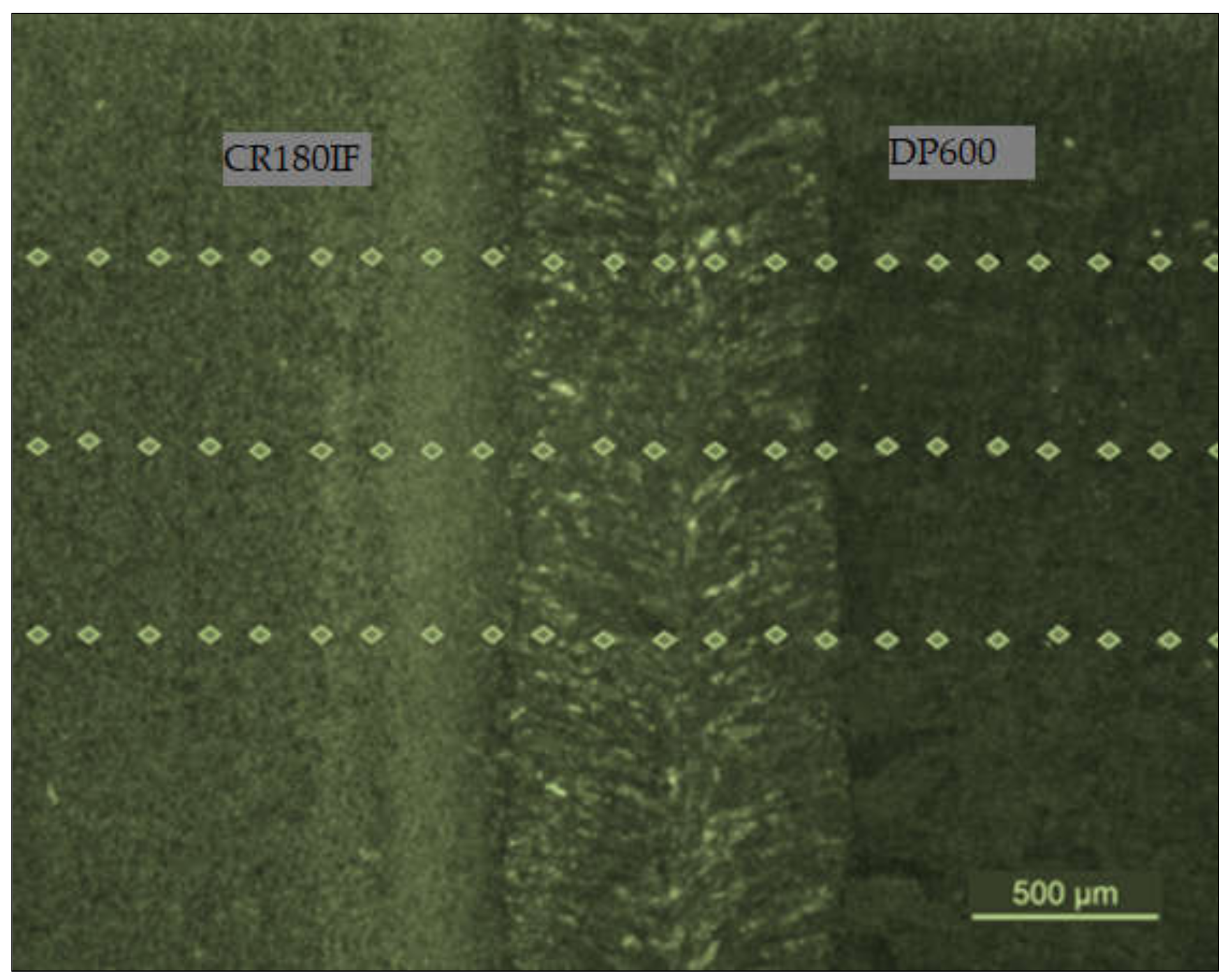

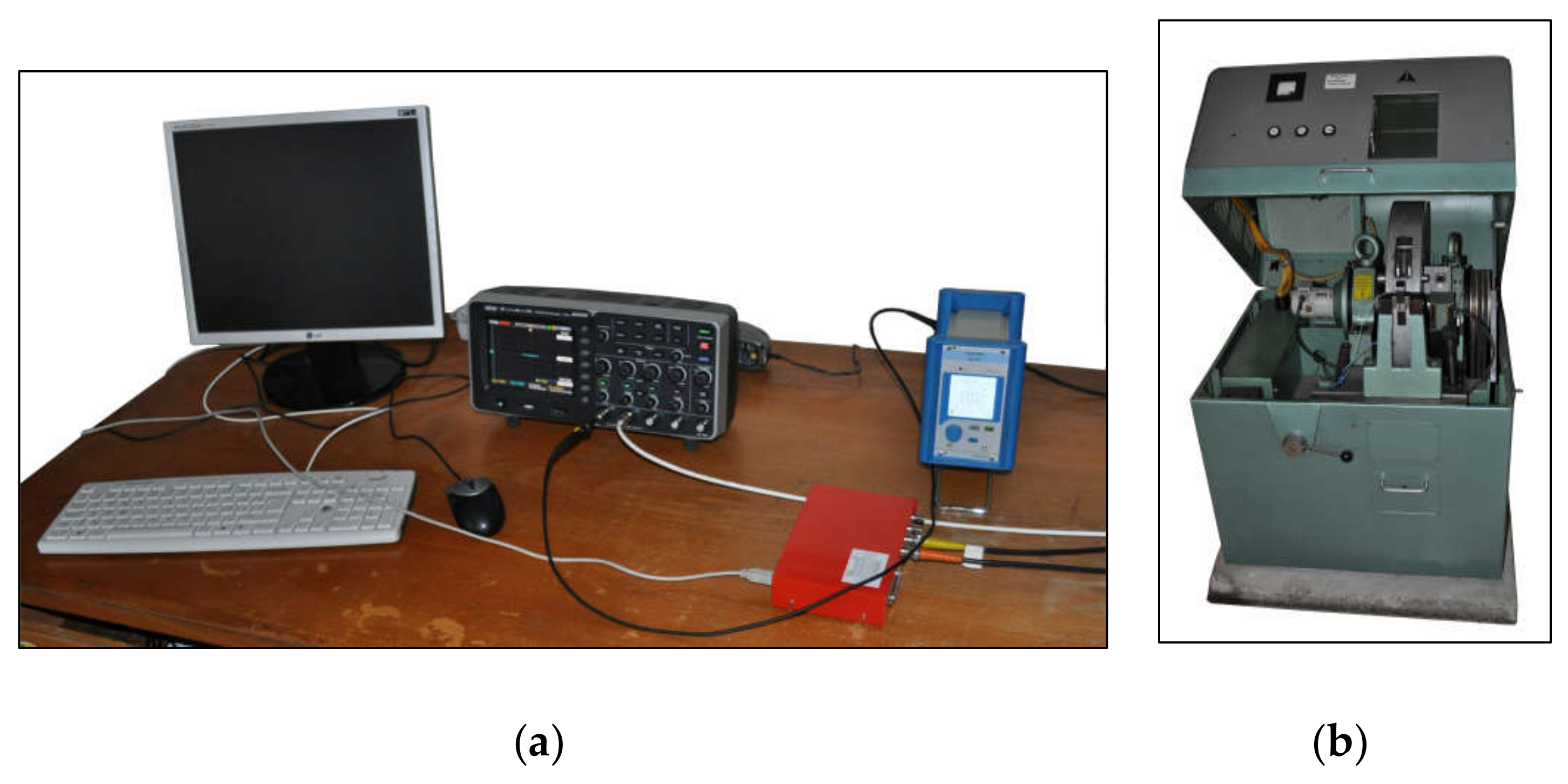

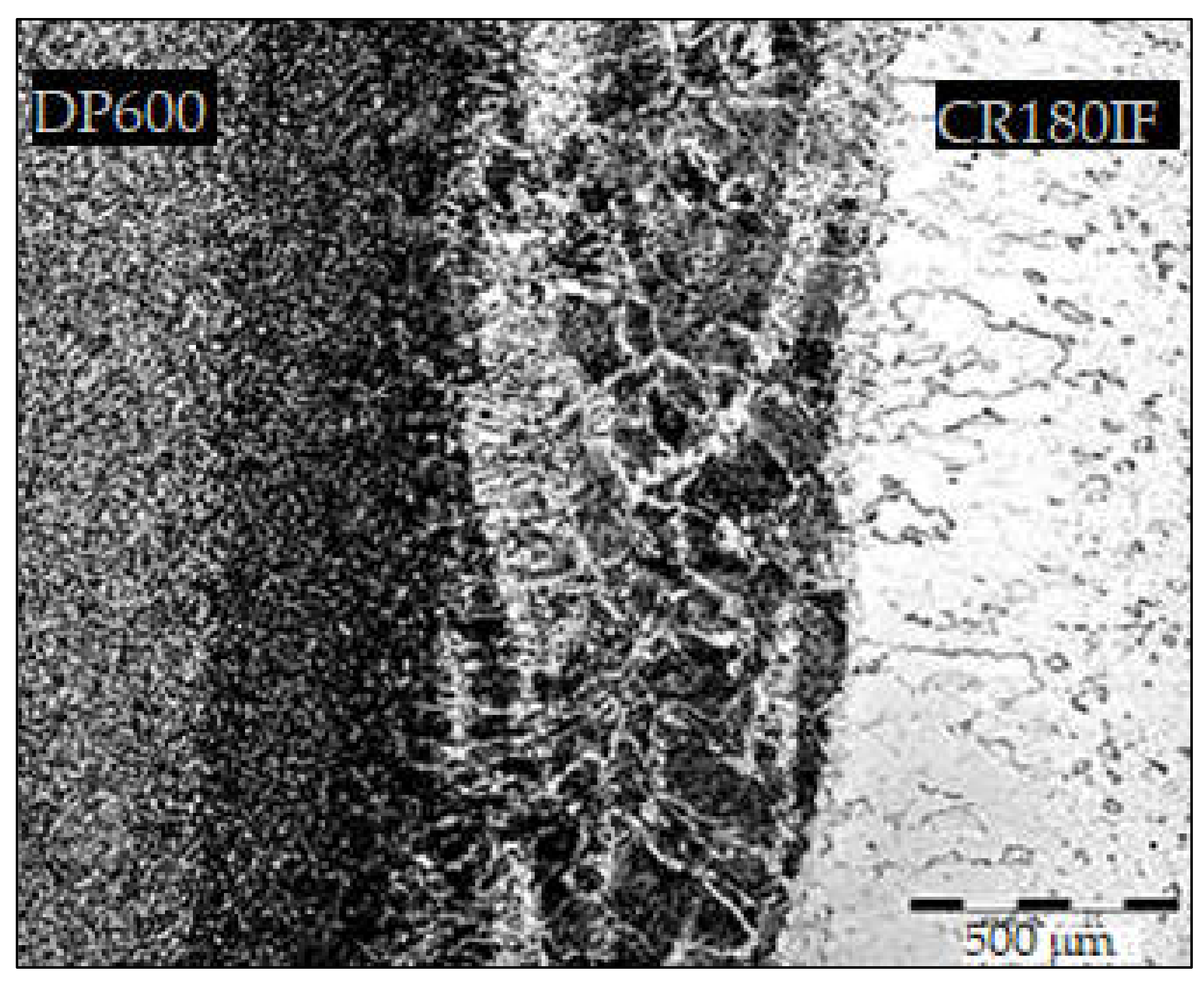

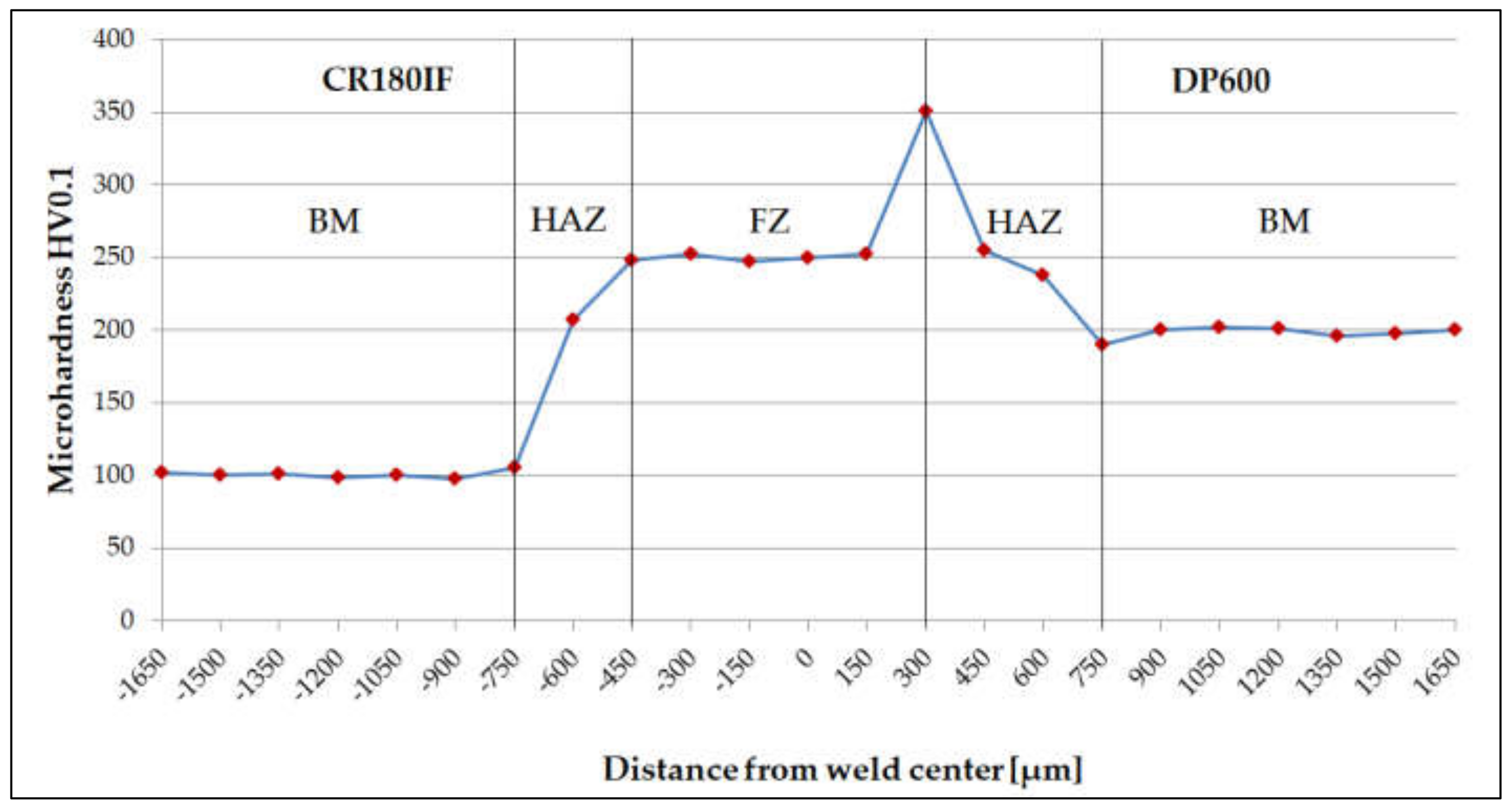
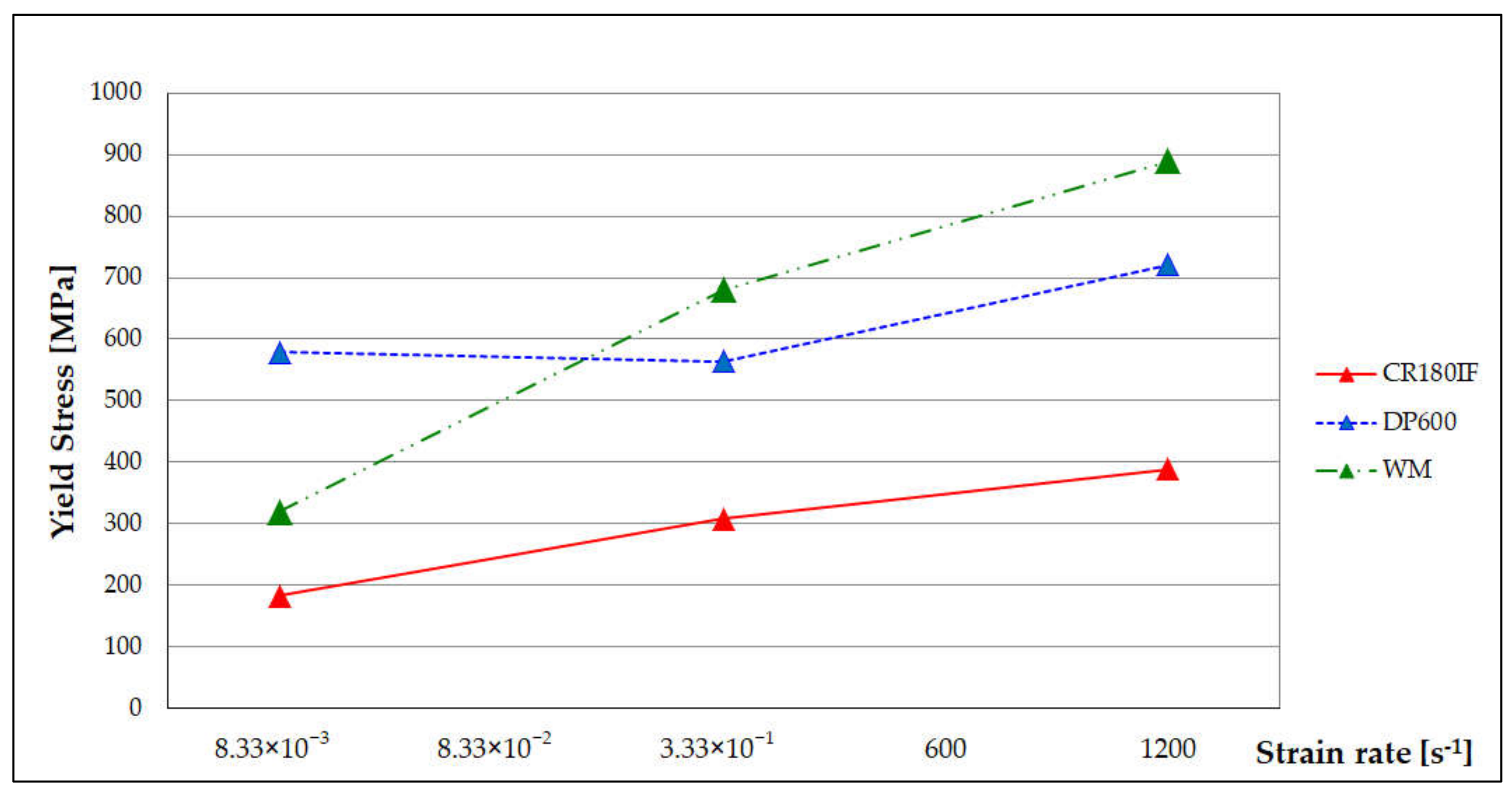

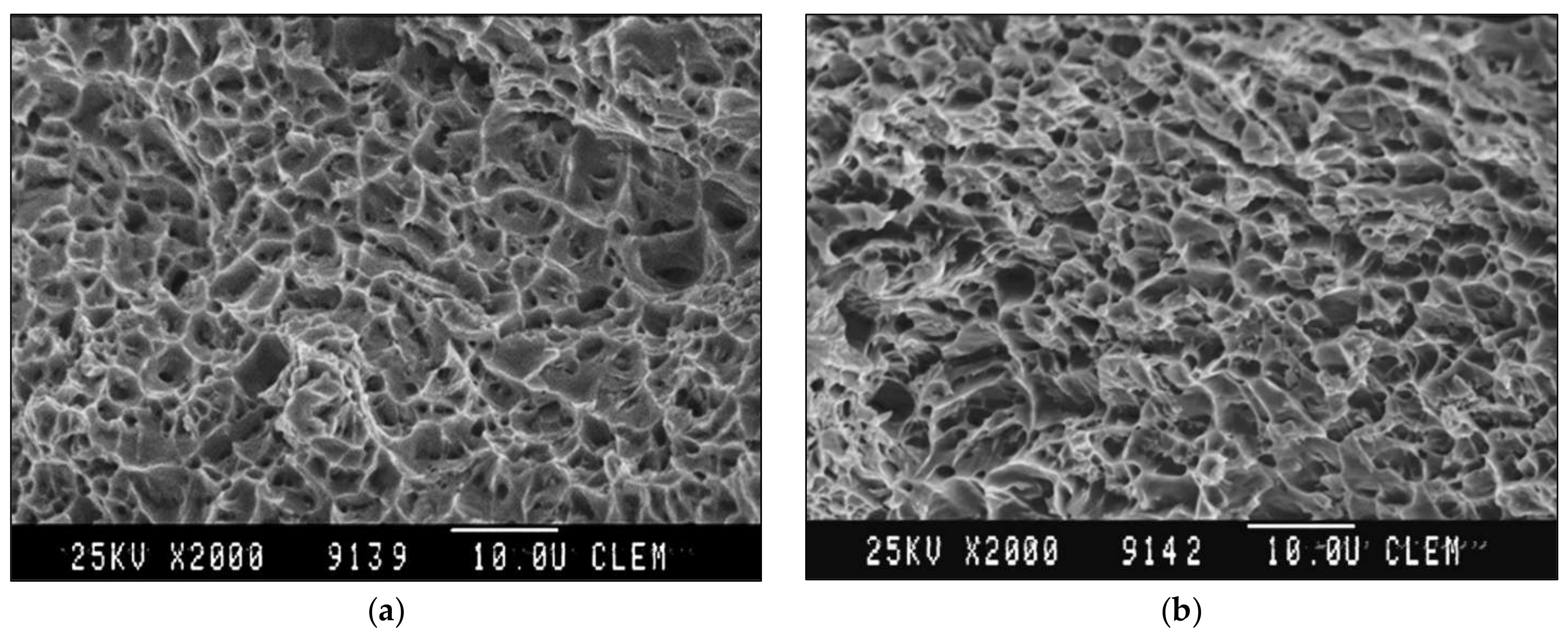
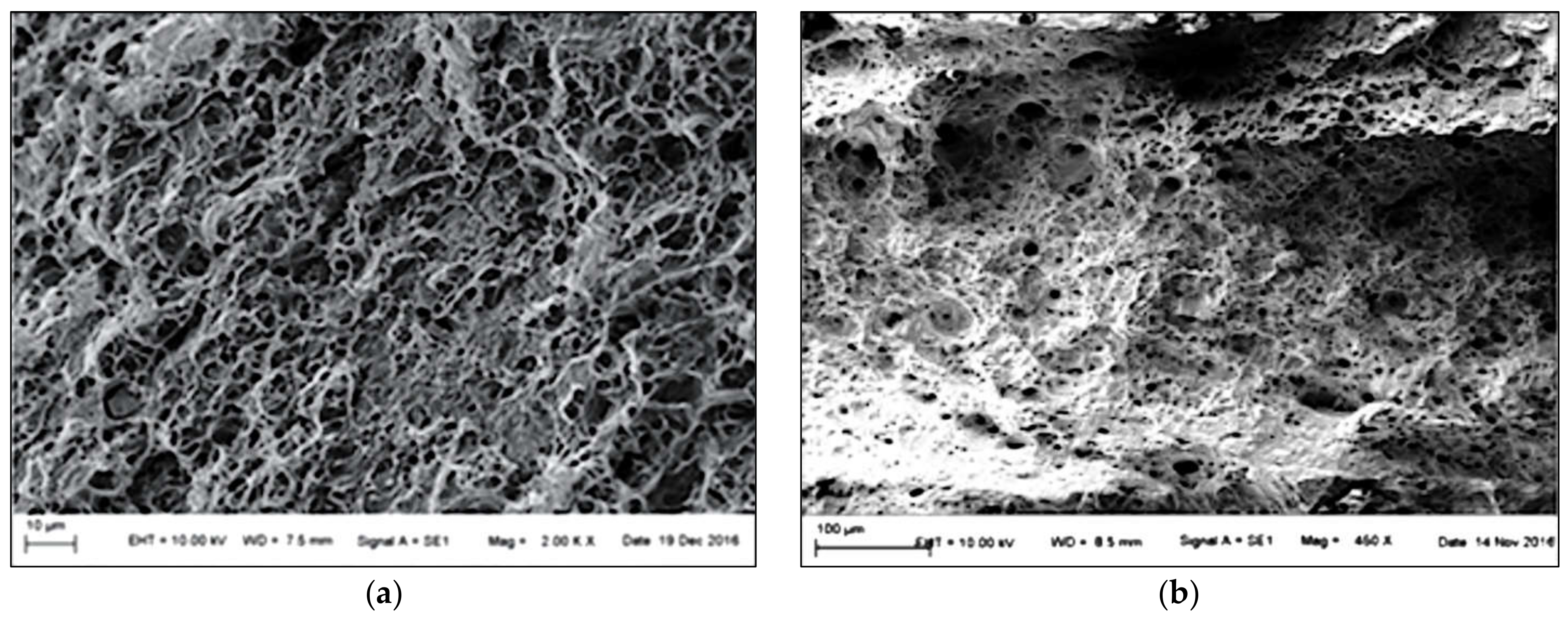
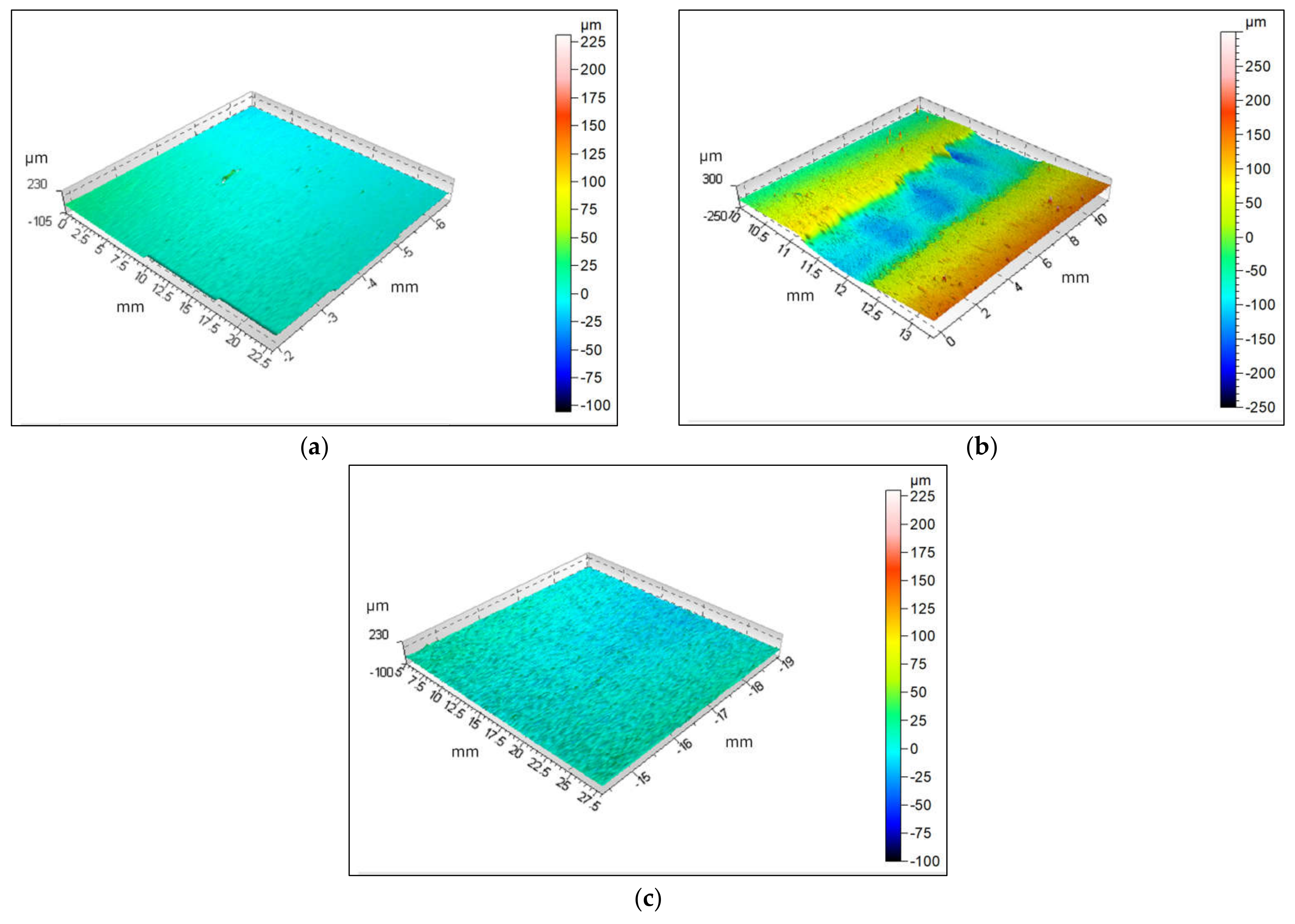
| Steel | C | Si | Mn | P | S | Ti | Al | Nb | V | N |
|---|---|---|---|---|---|---|---|---|---|---|
| CR180IF | 0.01 | 0.006 | 0.082 | 0.011 | 0.011 | 0.04 | 0.055 | 0.001 | 0.002 | 0.002 |
| DP600 | 0.072 | 0.005 | 1.18 | 0.017 | 0.01 | 0.002 | 0.057 | 0.002 | 0.002 | 0.005 |
| Steel | Laser Power (W) | Welding Speed (mm.s−1) | Focal Length (µm) | Feeding Fiber Diameter (µm) | Collimation (mm) | Shielding Gas |
|---|---|---|---|---|---|---|
| CR180IF DP600 | 2000 | 40 | 200 | 100 | 200 | Helium |
| Material | Base Metal HV0.1 | Heat Affected Zone HV0.1 | Fusion Zone HV0.1 |
|---|---|---|---|
| CR180IF | 102 ± 2 | 213 ± 2 | 253 ± 2 |
| DP600 | 197 ± 2 | 245 ± 2 | 350 ± 2 |
| Strain Rate (s−1) | Material | Yield Stress YS (MPa) | Ultimate Tensile Strength UTS (MPa) | Elongation A (%) | YS/UTS |
|---|---|---|---|---|---|
| 8.33 × 10−3 | CR180IF | 186 | 320 | 35 | 0.58 |
| DP600 | 393 | 579 | 25.3 | 0.68 | |
| WM | 319 | 483 | 22.8 | 0.66 | |
| 3.33 × 10−1 | CR180IF | 308 | 518 | 21 | 0.59 |
| DP600 | 564 | 701 | 23 | 0.80 | |
| WM | 680 | 832 | 24 | 0.81 | |
| 1200 | CR180IF | 389 | 546 | 32 | 0.71 |
| DP600 | 721 | 785 | 31 | 0.79 | |
| WM | 889 | 1050 | 39 | 0.84 |
Publisher’s Note: MDPI stays neutral with regard to jurisdictional claims in published maps and institutional affiliations. |
© 2021 by the authors. Licensee MDPI, Basel, Switzerland. This article is an open access article distributed under the terms and conditions of the Creative Commons Attribution (CC BY) license (http://creativecommons.org/licenses/by/4.0/).
Share and Cite
Mihaliková, M.; Zgodavová, K.; Bober, P.; Špegárová, A. The Performance of CR180IF and DP600 Laser Welded Steel Sheets under Different Strain Rates. Materials 2021, 14, 1553. https://doi.org/10.3390/ma14061553
Mihaliková M, Zgodavová K, Bober P, Špegárová A. The Performance of CR180IF and DP600 Laser Welded Steel Sheets under Different Strain Rates. Materials. 2021; 14(6):1553. https://doi.org/10.3390/ma14061553
Chicago/Turabian StyleMihaliková, Mária, Kristína Zgodavová, Peter Bober, and Anna Špegárová. 2021. "The Performance of CR180IF and DP600 Laser Welded Steel Sheets under Different Strain Rates" Materials 14, no. 6: 1553. https://doi.org/10.3390/ma14061553






